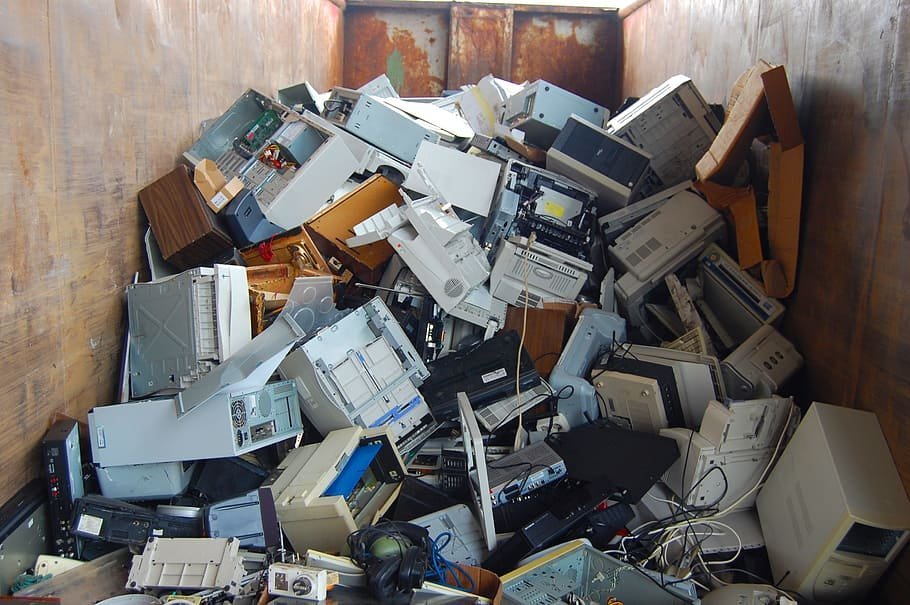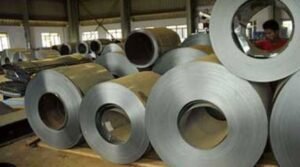Untreated solid waste, e-waste must be getting dumped in open spaces and water bodies, say experts
Only 22.7 per cent of the e-waste out of the total 10,14,961.21 tonnes generated in 2019-20 in India was collected, dismantled, and recycled or disposed off. This e-waste is comprised of 21 types of electrical and electronic equipment (EEE) notified Under the E-Waste (Management) Rules, 2016.
In 2018-19, about 21.35 per cent of the total generated e-waste was handled, collected, dismantled, and recycled in India, while in 2017-18 this percentage was just 9.79 per cent.
The E-Waste (Management) Rules, 2016 extend the responsibility to producers to manage a system of e-waste collection, storage, transportation, and environmentally sound dismantling and recycling through Extended Producer Responsibility (EPR) authorisation. The rules also promote and encourage the establishment of an efficient e-waste collection mechanism.
However, the data show that not even 25 per cent of the e-waste generated is being managed properly. Experts say that like untreated solid waste, e-waste must be getting dumped in open spaces and water bodies.
Under 2016 rules, provisions have been made for the dismantling and recycling of e-waste. The dismantlers and recyclers have to obtain authorisation from concerned State Pollution Control Boards (SPCBs) or Pollution Control Committees (PCCs). The concerned SPCB or PCC grants authorisation after ensuring that the dismantlers and recyclers have the dismantling and recycling facilities as per the guidelines of the Central Pollution Control Board (CPCB).
Limited dismantlers and recyclers
The data provided by the Ministry of Environment show there are 468 authorised dismantlers/recyclers in 22 States having a processing capacity of 13,85,932.22 metric tonnes per annum. Uttar Pradesh, Uttarakhand, Tamil Nadu, and Haryana are among the States that have a bigger capacity to dismantle and recycle e-waste.
Maharashtra has the highest number (116) of authorised dismantlers and recyclers. The number of limited dismantlers and recyclers and their concentration in urban areas is a major cause for concern. This is one of the reasons that all e-waste generated is not handled properly.
Role of urban local bodies
E-waste is anything with a plug, electric cord, or battery (including electrical and electronic equipment) from toasters to toothbrushes, smartphones, fridges, laptops, and LED televisions that have reached the end of their life, as well as the components that make up this end-of-life products
The report titled ‘Waste-Wise Cities: Best Practices in Municipal Solid Waste Management’ by NITI Aayog and Centre for Science and Environment, published last year, states that the use of electrical and electronic equipment has witnessed explosive growth and so is e-waste. The UN has termed this phenomenon a “tsunami” of e-waste.
The report highlights that e-waste typically does not feature in the list of municipal solid waste and therefore not a direct mandate for the cities to collect, transport, and manage. “However, looking at its exponential growth, it is now time to rethink the policy framework and recognise the city government as one of the key institutions to spearhead e-waste management,” the report mentioned.









3 comments on “Around 78% of India’s e-waste is not being collected or disposed by the government”
Toobit Exchange
toobit exchange
Georgeanna Niver
Hello there, I discovered your site by the use of Google at the same time as looking for a similar matter, your web site came up, it seems great. I’ve bookmarked it in my google bookmarks.
liputan live online
Hey this is kind of of off topic but I was wondering if blogs use WYSIWYG editors or if you have to manually code with HTML. I’m starting a blog soon but have no coding knowledge so I wanted to get guidance from someone with experience. Any help would be enormously appreciated!